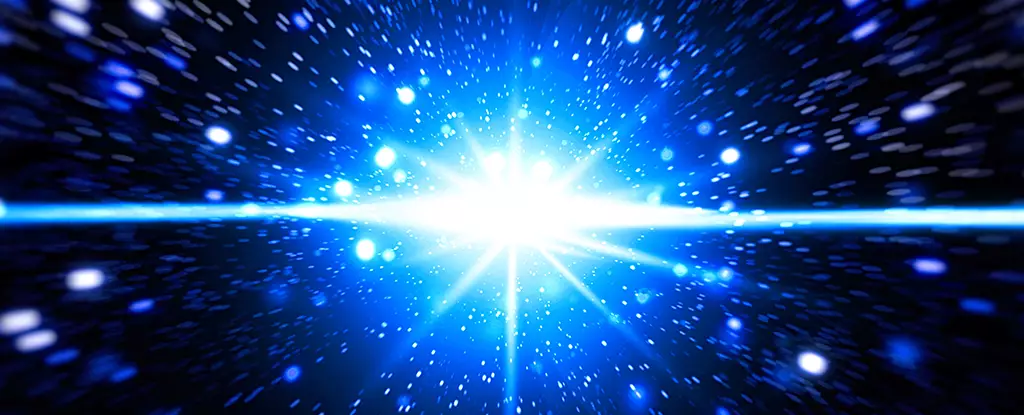Fast radio bursts (FRBs) have captivated astronomers and astrophysicists since their discovery. These enigmatic flashes of radio waves, which last only a few milliseconds, have opened a window to understanding the complex dynamics of the universe. The leading hypothesis attributes FRBs to magnetars—neutron stars with extraordinarily powerful magnetic fields. While significant progress has been made in discerning the nature of these phenomena, various questions linger, highlighting the intricate patterns of cosmic behavior.
Unraveling the Puzzles of Origin and Repetition
Most documented FRBs originate from beyond our Milky Way, emphasizing their extragalactic nature. However, a handful of instances detected within our galaxy has provided valuable data, tying these bursts to neutron stars. Among these bursts, some exhibit repeated emissions, indicating they are not the result of transient, catastrophic cosmic events such as supernovae.
A recent discovery regarding a repeating FRB has shed light on this area of study. Over a span of several months, astronomers observed this particular FRB 21 times, allowing for detailed analysis from a secondary observatory located approximately 60 kilometers away. By leveraging this collaboration, scientists pinpointed the burst’s source, which remarkably lies two billion light-years from Earth.
What sets this FRB apart is its peculiar location. Rather than emanating from the vibrant core of a galaxy, where star formation is prevalent, it originated near the outer fringes. This finding contradicts common expectations that FRBs would likely arise from the densely populated regions filled with young stars and active cosmic life. Additionally, the galaxy harboring this phenomenon has been estimated to be over 11 billion years old, a period during which it has long ceased to actively form new stars.
This phenomenon raises significant questions about the lifecycle of neutron stars, as they are remnants of supernova explosions from massive stars. Typically, massive stars have short life spans, leading researchers to have assumed that the magnetic forces leading to FRBs were generated by younger, more energetic magnetars. The newfound evidence suggests a shift in our understanding—old neutron stars can still exhibit behavior that creates FRBs.
Contemplating the Role of Dense Stellar Environments
One compelling explanation for this anomaly is the hypothesis that the FRB originated not directly from the galactic edge but possibly from a globular cluster situated at its outskirts. Globular clusters are dense stellar formations known for their star density and the potential for stellar mergers. It is conceivable that the repeating FRB’s emissions were influenced by merging magnetars within such a cluster. The merging process could lead to a reconfiguration of their magnetic fields, generating the observed bursts of radio energy.
While this theory remains speculative and demands further investigation, it underscores the complexity of the astrophysical processes tied to FRBs. The present knowledge reveals that familiar models may not sufficiently explain the diversity of high-energy cosmic events.
The peculiar characteristics of this recent repeating FRB challenge prior assumptions about the conditions leading to such cosmic phenomena. The established thought that young magnetars primarily produce FRBs must now be reconsidered in light of evidence suggesting that older stars might still possess the capability to generate these dazzling bursts. The findings endorse a broader spectrum of possible astrophysical processes, opening avenues for future research into the nature of neutron stars, magnetars, and the galactic environments that nurture them.
As astronomers continue to observe and analyze FRBs, they edge closer to unraveling the broader cosmic narrative. Each new discovery enriches humanity’s understanding of the universe, while simultaneously revealing the inherent complexities and depth of celestial mechanics awaiting exploration. Future investigations promise to deepen our knowledge of FRBs and their roles within the evolutionary tapestry of the cosmos.

Leave a Reply